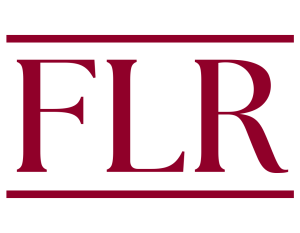The disparate treatment of art investments under the Internal Revenue Code and the Securities Exchange Act of 1934 poses a problem. This disparity generates inequities among art investors and between art investors and investors in traditional securities markets. The Internal Revenue Code considers both art and traditional securities to be capital assets with no material distinction. For example, prior to the 2017 tax act, art investors could defer the realization of capital gains through like-kind exchanges of works of art under section 1031 of the Internal Revenue Code. Currently, under section 1400Z-2, an addition to the Internal Revenue Code through the 2017 tax act, art investors may defer capital gains taxes in the same manner as traditional investors by investing their gains from the sale of works of art into “Qualified Opportunity Funds.” These funds are utilized to spur economic growth in designated “Opportunity Zones.”
The Securities Exchange Act of 1934, in contrast, does not recognize or regulate art as an investment vehicle with a trading market. As a result of this divergence between two legislative regimes that influence investment decisions, inequitable and unbalanced practices can develop within the secondary art market. Art investors may reap the tax benefits of investing in art without being subject to any modified securities laws or regulations, such as those concerning trading on or tipping material, nonpublic information.
This Note compares the tax treatment of art with the insider trading laws and regulations that apply to traditional securities and explores the potential of adapting those laws and regulations to fit the growing secondary art market. It concludes that increased regulation of the secondary art market would (1) synergize investing practices with the tax benefits of those investments and (2) enhance fairness and equity in the secondary art market.

